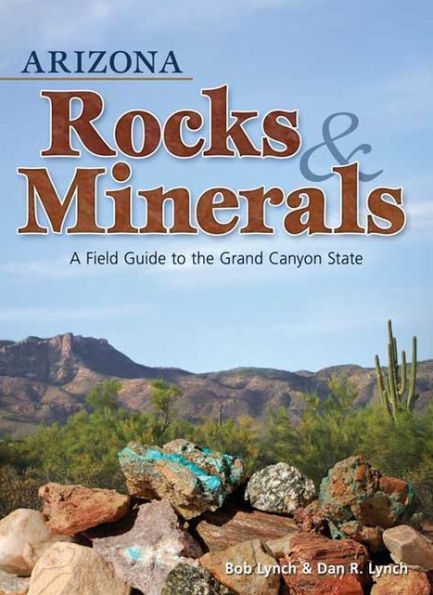Read an Excerpt
Quartz
Hardness: 7 Streak: White
Environment: Found in all environments
What to look for: Light-colored, hard, glassy crystals or masses
Size: Quartz varies greatly in size, from tiny pebbles to foot-long crystal points
Color: Colorless, white to gray, yellow to brown, as well as blue, green, purple or pink
Occurrence: Very common
Notes: Quartz is the single most abundant mineral on the planet. Composed of silicon and oxygen (also known as silica), quartz is a very hard mineral that occurs in an incredible variety of forms, from large crystal points to chalcedony, agate, chert and jasper, which are all composed nearly entirely of microcrystalline quartz (microscopic quartz crystals). Quartz has a glassy luster, exhibits conchoidal fracture (when struck, circular cracks form) and is harder than the majority of other minerals, so identifying quartz is usually easy. Quartz crystals are six-sided and often form beautiful points, which are sometimes called “rock crystal.” Most quartz, however, won’t be found in well-formed points. It is most commonly incorporated into rocks such as granite. In fact, quartz is probably present in any hard, light-colored rock you find. When small quartz crystals coat the surface of a rock or a mineral, it is referred to as drusy quartz. There are many color variants of quartz, which makes it a diverse collectible. Purple quartz is called amethyst, pink is rose quartz, yellow is citrine, gray or black is smoky quartz, and greenish or bluish quartz often has micas or chrysocolla within it.
Where to Look: Quartz is extremely common and can be found virtually everywhere.



